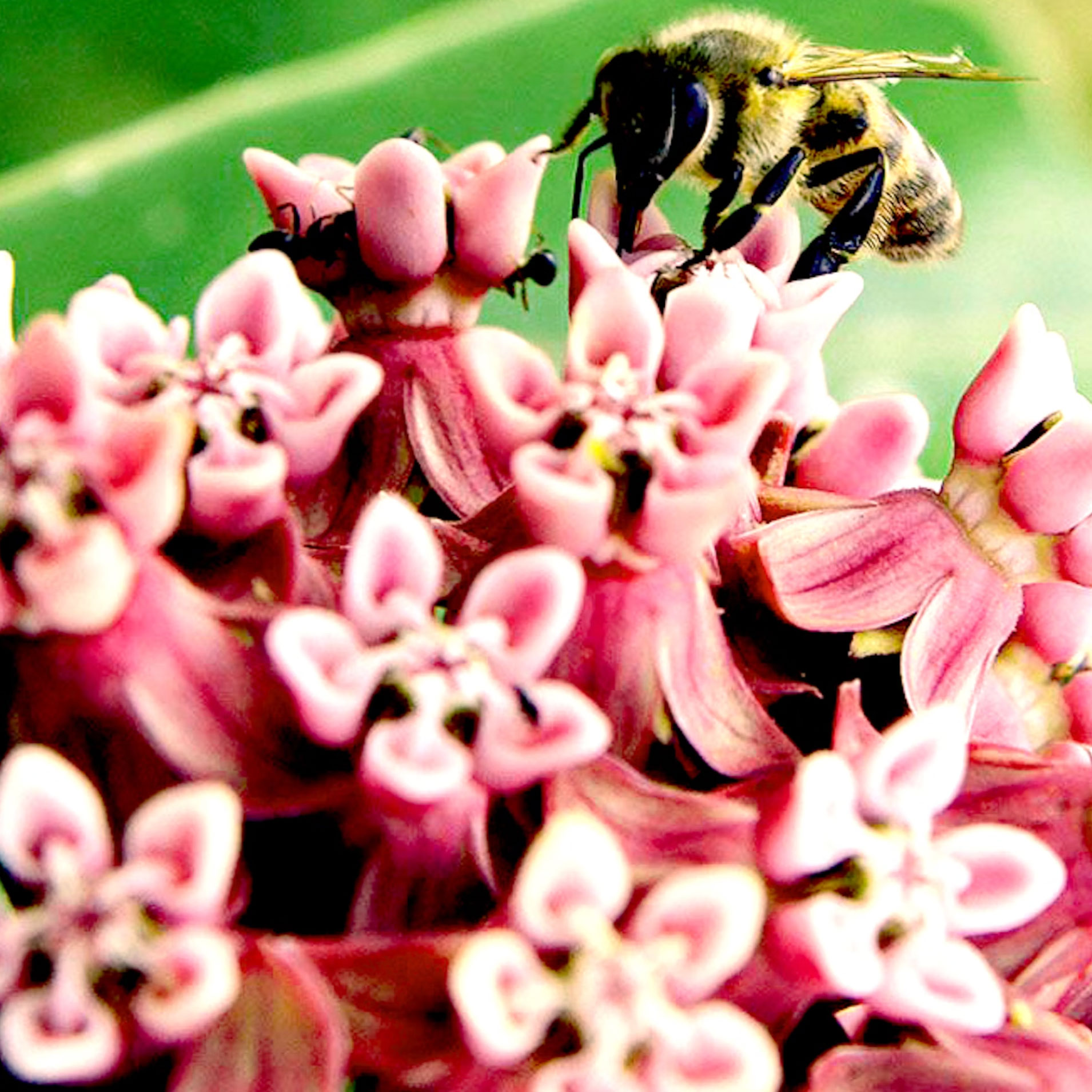Meet The 5 Night Pollinators You Need To Attract To Make Your Garden Thrive – Plus, How To Keep Them Coming Back For More!
We strive to help bees and butterflies, but night-shift pollinators also provide a vital service. Find out about some of our precious night pollinators, and exactly what brings them to your yard
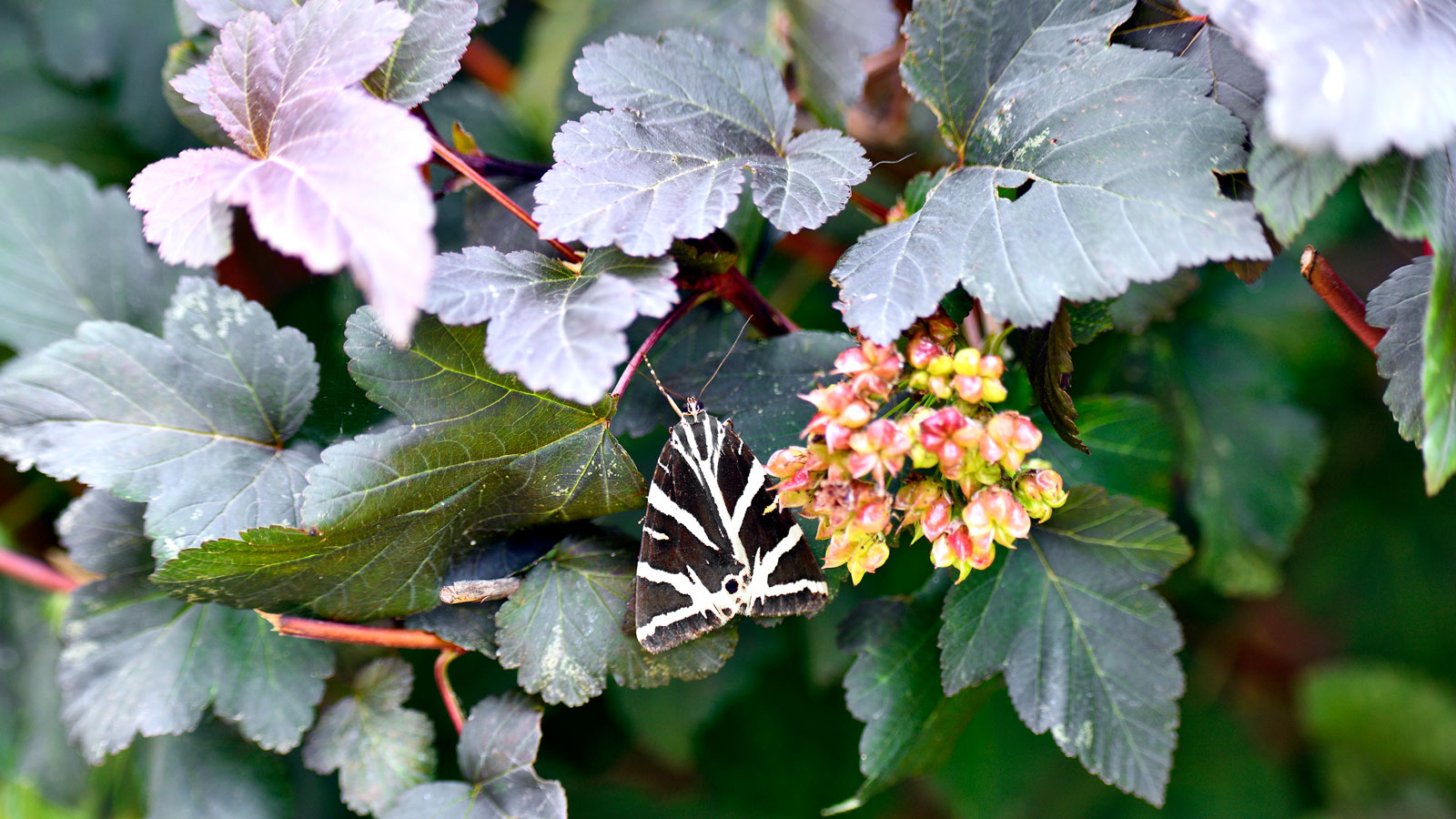

Janey Goulding
We know that pollinators play an essential role in the garden. The use of nectar-rich plants helps to facilitate the creation of attractive garden beds, teaming with bees, butterflies and other beneficial insects. But while we delight as flamboyant Monarchs and fluffy bumbles flit from bloom to bloom, night pollinators often go unremarked.
While nocturnal pollinators are less likely to be observed, their services are vital to the health of your gardening, helping plants to set seed and continue life cycles. So meet some of the key night time visitors to your pollinator garden – and find out how you can protect nocturnal pollinators which in turn benefit your plants and flowers.
Identify Key Night Pollinators in Your Garden
Diversity among pollinators in the garden is central to its health. An abundance and wide range of key insects and small animals help enrich the backyard ecosystem. Night pollinators help to pollinate the fruit set of several plants, including moonflowers, gourds, jasmine vines and primrose.
You can help to support and protect nocturnal pollinators by growing ‘night pollinator plants’ – specifically night-blooming flowers and plants that release an intense fragrance at night. Fill a dedicated scent garden filled with nocturnal floral delights, and then just wait for the magic…
1. Moths
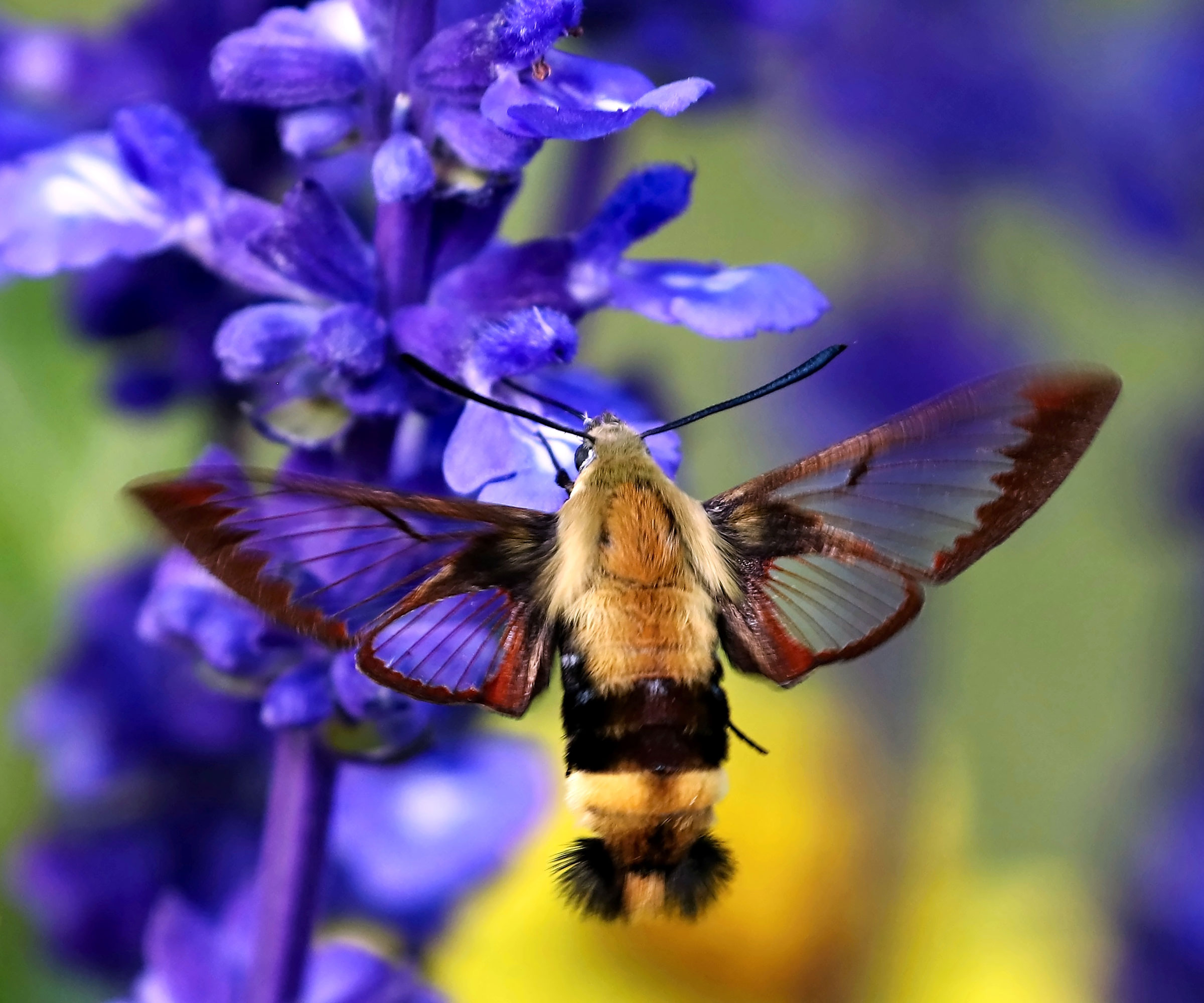
Though some moths are active through the day, key species do their pollinating on the night watch. Moth species that visit gardens at night include hummingbird moths and hawk moths. These species are drawn to pale and perfumed blooms, effectively moving pollen from one flower to the next. They also appreciate nectar-rich plants just as much as butterflies.
White or lightly colored blooms are especially attractive, as they often glow under the moonlight. However, moths are attracted to a range of other flowers and plants, with a fondness for dainty flowers that exude a fragrance, as well as tubular blooms. A few favorites to attract moths include nicotiana, evening primrose, heliotrope, four o’clocks, salvia, gentian, white jasmine and foxgloves. These night time pollinators are most active just after dark and throughout the late evening.
Pale yellow, pale blue and silver plants are also great colors to incorporate into a moth-friendly garden as they illuminate well in low light. If you are willing to add a flowering shrub specifically to appeal to moths, how about a buttonbush? ‘Magical Moonlight’ by Green Promise Farms, available from the Gardening Know How Shop, creates a dazzling display of luminescent and super-fragrant blooms.
As with daytime pollinating visitors, it’s important not to use pesticides if you want to attract and service moths conscientiously. Cultivating a dedicated moon garden or a quiet corner with some plant clippings can help support resting moths. Also, try to ensure that artificial lights are switched off over night, as they can disorient moths.
2. Bats

Though bats are most commonly seen feeding upon insects, many types are also responsible for nocturnal pollination. This is especially true of tropical plant species, such as mangoes, guava and agave, which rely heavily on the animal for their survival. Figs, peaches and bananas also benefit from pollination by bats..Fruit growers in regions of the South West, in particular, depend on bats as pollinators.
Sign up for the Gardening Know How newsletter today and receive a free copy of our e-book "How to Grow Delicious Tomatoes".
Like those pollinated by moths, plants for bats are generally those with large, lightly-colored blooms. Quite often, the flower will have a large bell shape. Flowers of this type are usually heavily scented, attracting bat species from a great distance. Bats known to frequent these flowers include the lesser long-nosed bat, tube-lipped nectar bat, and Jamaican fruit bat.
On their travels, bats are capable of carrying large amounts of pollen on their fur, also assisting in the pollination of ornamentals like honeysuckle, night-blooming phlox and night-flowering Jessamine. All this, and they gobble down mosquitoes!
3. Fireflies
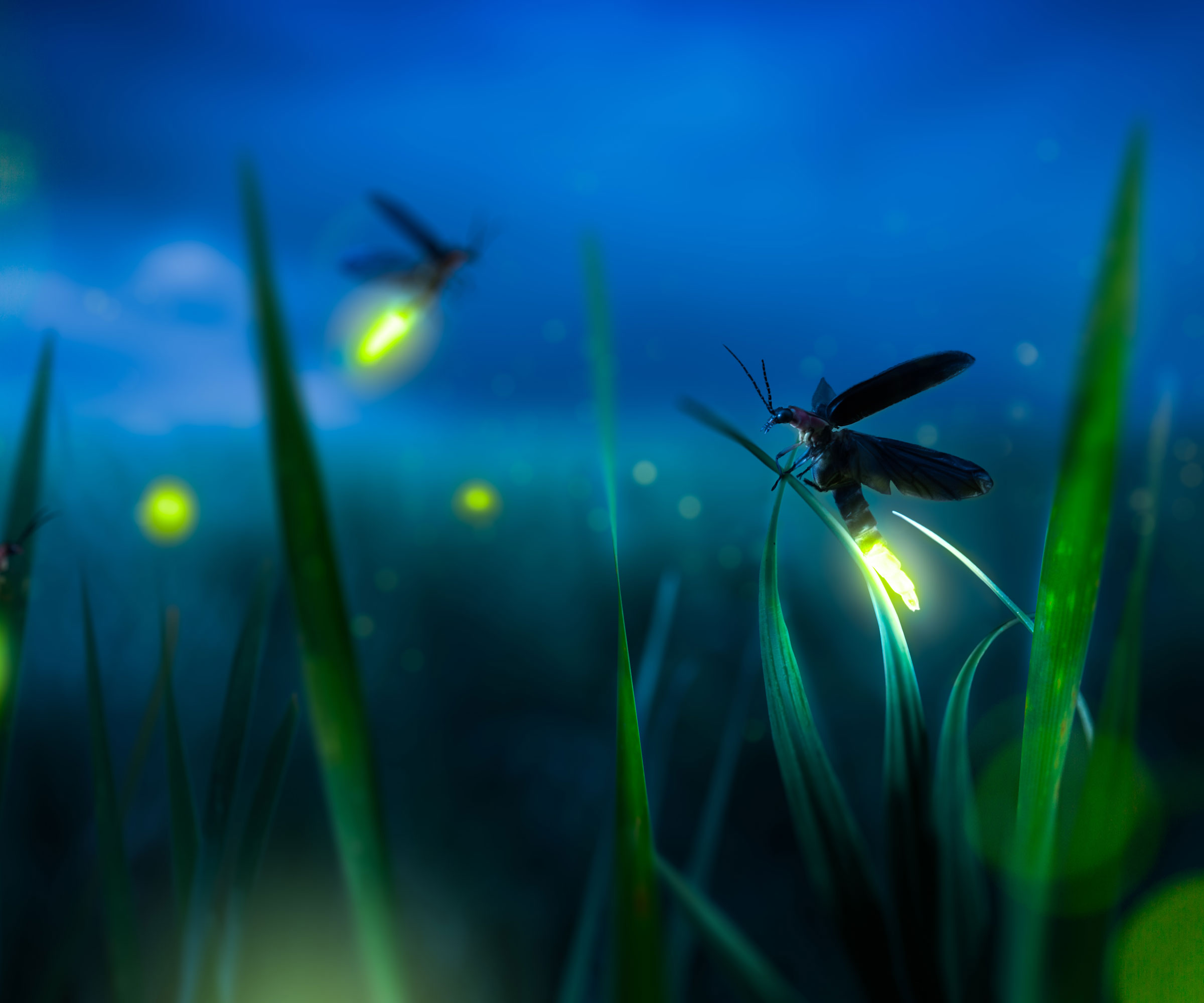
For many, fireflies are a signal that summer has finally arrived. Their subtle glow begins at dusk, continuing through the evening, and delighting gardeners with their mellow performance. As well as this enchanting spectacle, however, fireflies make effective pollinators and are enormously beneficial in the garden.
Fireflies will be attracted to a range of common backyard species, provided blooms remain open throughout the night, and they feed on plant nectar and pollen. You can encourage more fireflies to dance and pollinate your garden plants by growing nectar-rich flowers, flowering natives, and flowering herbs. Some key flowering plants for fireflies include buttonbush, coneflower, flowering dill, and cardinal flowers such as Blue Cardinal ‘Starship’ by Proven Winners, with its intense violet-blue blooms.
Again, it’s important to remove artificial light if you want to entice mating fireflies who use their natural illumination to find each other. You should also aim to maintain good soil moisture, thereby fostering an ideal habitat for these intriguing creatures.
4. Beetles

Though several species of beetle are a nuisance in the home garden, others may actually aid in the pollination of flowers. You could say that beetles as pollinators have a bit of a mixed reputation because, unlike certain other pollinators, they eat through leaves and flowers. That said, they are useful, especially in areas where bees are scarce.
Beetles are among the first insects to become active in spring, playing a vital role in the life cycle of early-season blooms. This is especially true of nocturnal types of beetle. Flower beetles, darkling beetles, certain types of dung beetles and others are known to frequent plants. They are drawn to flowers with especially strong or fragrant blooms. This includes plants such as wild ginger and evening primrose.
They prefer flowers with large, open flower heads where the insides are easy to access. Certain types of beetle target flowers that their species has been visiting for millions of years (long before bees were around to do the job), most notably magnolia flowers and waterlilies.
5. Nocturnal Bees
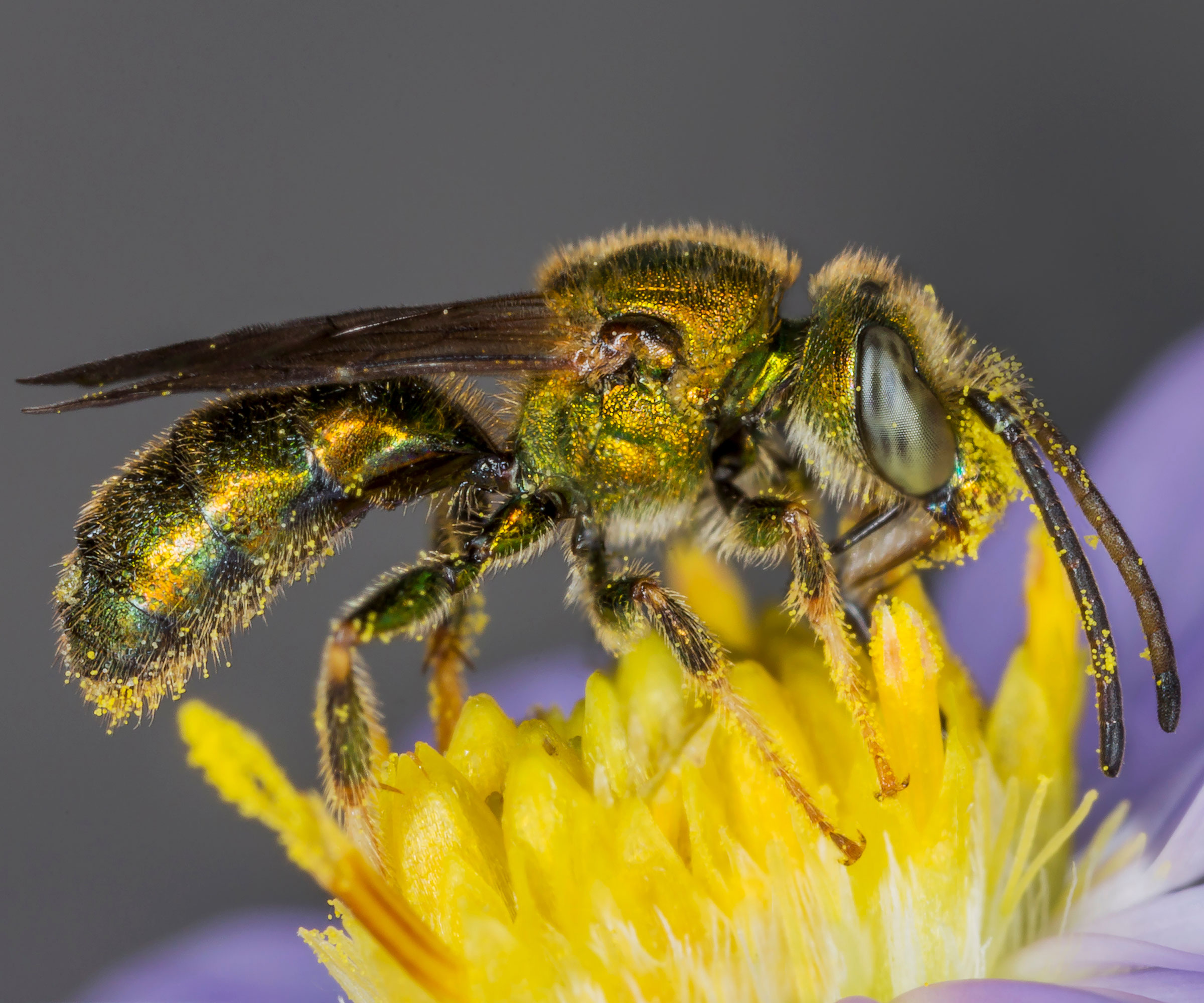
Though growers will be familiar with the importance of nectar-loving bees, many are unaware that some bees are nocturnal. These species feed on flowers through the night, moving from bloom to bloom. Though many of these species are found within tropical zones, temperate growers may also find native bees working through the evening hours.
This is especially true through summer, when conditions are warm, or on nights when the moon is full or bright. Some species of sweet bees and mining bees can be seen in gardens in moonlight. Certain other bee species do their pollinating in twilight – these bees are known as crepuscular. As with other night-visiting pollinators, they appreciate strong, intense, sweet and musty fragrances and pale flowers.
As with daytime visitors, be sure to factor in a drinking option. Our team loves the Bee Cups watering station range and recommends the pale pink Sweetheart Bee pack, available to buy from the Gardening Know How Shop. There are plenty of other colors and styles for thirsty buzzy guests.
This article features products available from third party vendors on the Gardening Know How Shop. Keep in mind that our plant inventory is limited - so if you’re thinking of purchasing, don’t wait!
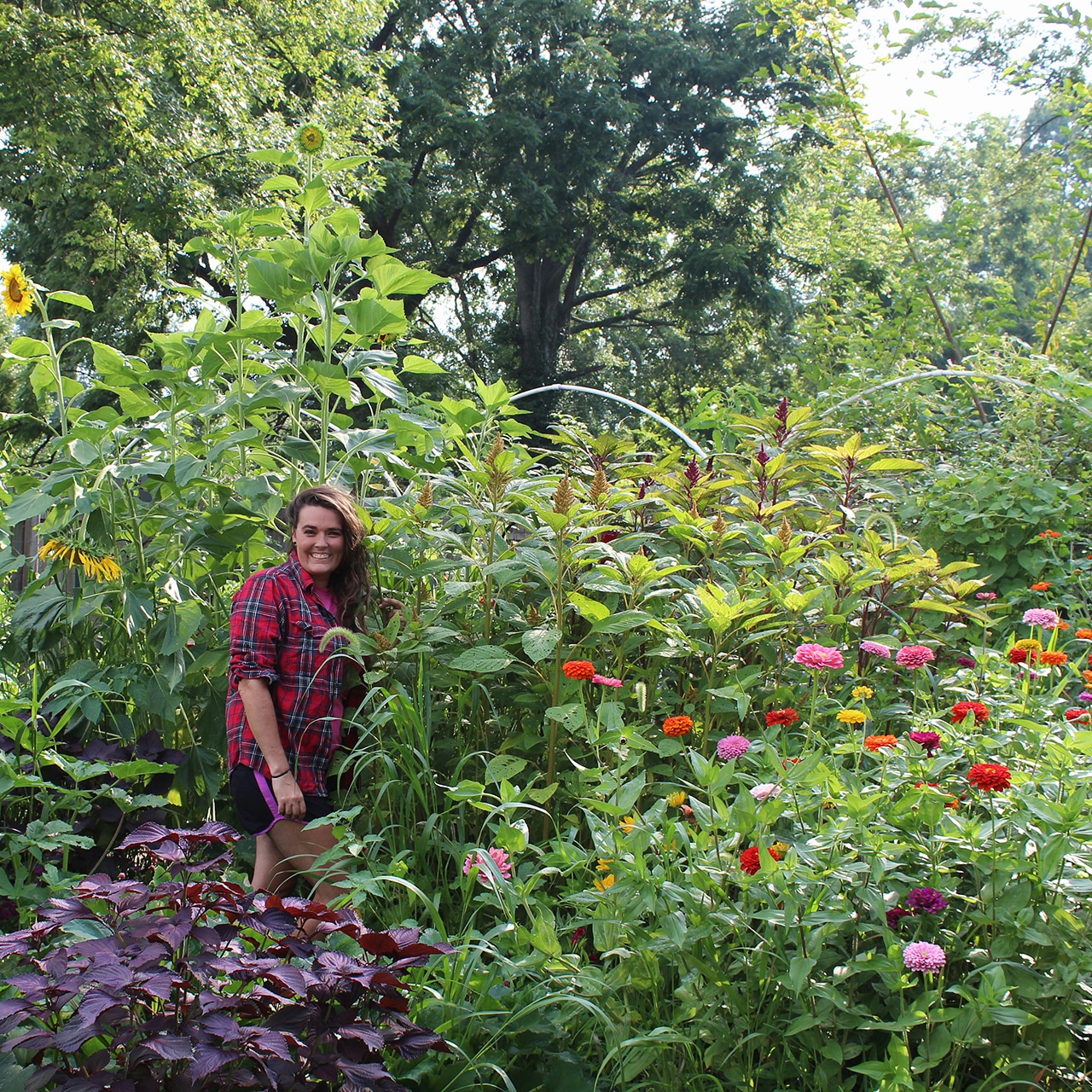
Tonya Barnett has been gardening for 13 years. Flowers are her passion. She has transformed her backyard into a cut flower garden, which she regularly chronicles on her YouTube channel http://www.youtube.com/@tonyawiththeflowers.
- Janey GouldingContent Editor

